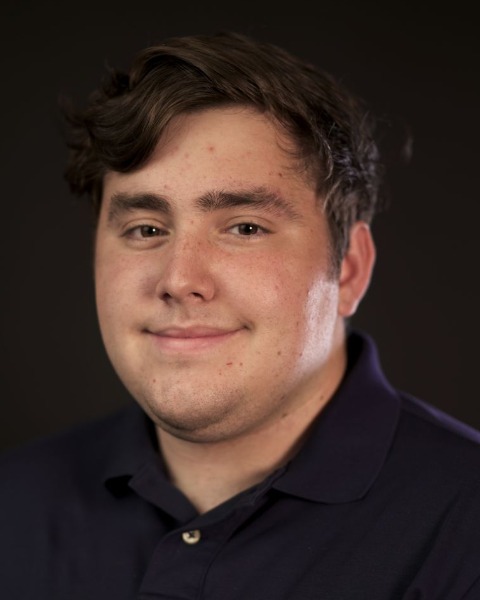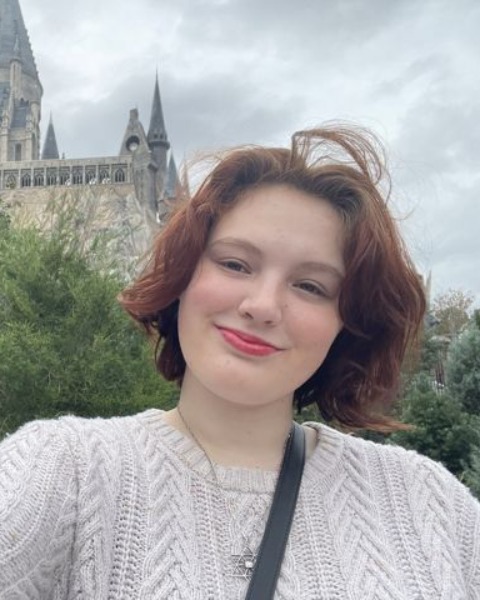Biomanufacturing
Biomanufacturing - Poster Session D
Poster B3 - Topography Matters: Exploring its Influence on Cell Viability in 3D Printed Cultures
Friday, October 25, 2024
3:30 PM - 4:30 PM EST
Location: Exhibit Hall E, F & G

Caleb A. Phillips, NREMT (he/him/his)
Student Researcher & Project Specialist
Florida Tech
Titusville, Florida, United States
Isscca Hall-Burns
Student
Florida Tech, United States
Presenting Author(s)
Co-Author(s)
Introduction: Cell scaffolds have become a cornerstone of in vivo cell testing and promise a rising frontier for different innovations to come to light. However, cellular death within the constructs or in the seeding phase is a leading factor in scaffold failure. While much is known about additional factors, such as Firbroegen and Thrombin, for increasing cell viability, there has yet to be a comprehensive examination of topology compared to the traditional introduction of cells. This study examines the relationship of different topological conditions to conventional cell introduction into materials.
Different methods of cell seeding produce different results. Factors such as undue stress on the cells significantly impact binding and adherence. During extrusion printing, extreme pressures and changes in environmental factors can cause these cells not to attach correctly. This study compares extrusion-based printing with cells introduced within the hydrogel ink to light-based DLP printing and post-seeding. This compares the two most common cell seeding methods in current bioprinting profiles.
However, smooth surfaces and limited binding sites in DLP printing cause cells to be lost in seeding. This fear of losing specialized cells or patient-specific cells creates a high-risk factor for high throughput production. In this study, multiple ridges are introduced to examine surface properties and find ideal surface conditions that retain the properties of DLP printing but retain cell viability.
Materials and
Methods: For this experiment, constructs exhibited two different structures. For testing of internal viability, 1x1 centimeter grids were constructed with an average layer size of .410 mm (Figure 1). For external seeding, a 1x1x.5 cm base cube model was used, and then ridges were added (Figure 2). Ridges started at .4 cm wide and were slowly reduced by half each time to provide relative comparisons. The final test parameters were .4cm, then .2cm, and finally .1cm. Cells were mixed in a GELMA (Gelatin Methacrylate) hydrogel in a 1:10 ratio of the cell to hydrogel and kept warm in a water bath. The topography samples were made on a Cellink Lumex, and DLP Gelma was mixed with tartrazine for cross-linking. These samples were washed with PBS to remove excess ink from manufacturing. These samples were then allowed to soak in media and fibrinogen for 15 minutes to create an ideal environment similar to the BioX6 materials. Then, using a standard dropwise technique, cells were seeded and allowed to sit on the surface for 10 minutes before media was introduced for incubation. All samples were incubated for 48 hours; then, a standard live dead stain was imaged using a laser confocal microscope with FTIC filters and Texas Red.
Results, Conclusions, and Discussions: Results were examined in two different fashions after 48 hours: cell expansion, which is an indicator of attachment, and total cell viability. After 48 hours, it was found that the Biox6 had a 97.61% cellular viability; in contrast, the .1 surface-seeded constructs had a 99% viability after 48 hours(Figure 3). Additionally, we saw a 4.7% expansion in Biox6 compared to 17% in the surface-seeded samples (Table 1). These results illuminated several exciting factors upon completion. The main factor is that cells began to organize and travel up the ridges of the .1 constructs, creating a very unified discussion of cells. This distribution would lead to the development of uniform tissue given enough time as they are well-oxygenated.
Additionally, volumetric examination through confocal images revealed cells beginning to penetrate the surface of the seeded constructs and beginning to migrate. Then, after 48 hours, cells were still viable within the extrusion construct, but the notable features of expression and uniform cell connections were notably lacking compared to the seeded constructs. Gelma, a well-known hydrogel that provides a safe environment, fails to allow for rapid cell development when cells are within the material, leading to limited growth over time. For future studies, we need to examine additional factors about the surface, such as valley dips, additional complex peaks, and randomized surfaces. Further testing comparing the .4 and .2 samples should also be reviewed and examined to determine their total difference. This data can be fundamental in altering the creation of constructs such as surface seeding and material cellular constructs. This can lead to rapidly advancing constructs that can be enveloped into living tissue models faster than the current averages with minor model corrections.
Acknowledgements (Optional):
